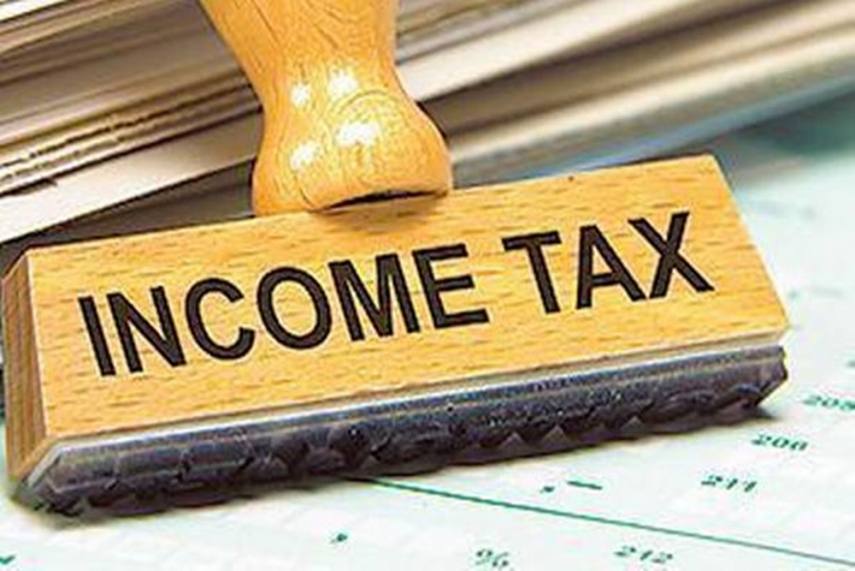
India has many different types of taxes, one of which is the income tax. Even though you might already know that you have to pay your income tax, there are a lot of other things that you should also be aware of before filing your taxes with the government, whether you’re an individual or a business owner. In this article, we’ll tell you everything that you need to know about India’s income tax system, as well as give some examples of situations in which it might apply to you personally. You can never be too prepared when it comes to taxes!
Things you may not know about salaried employees
1. The first thing to know is that if you are a salaried employee, your employer is responsible for deducting income tax from your salary and paying it over to the government.
2. The second thing to know is that there are different tax brackets for salaried employees, and the amount of tax you pay will depend on which bracket you fall into.
Top misconceptions about income tax
1. Everyone needs to pay income tax. 2. The government uses your income tax money to line their pockets. 3. The more money you make, the more income tax you owe. 4. Filing your taxes is complicated and time-consuming. 5. You need to be an expert to understand income tax laws. 6. Only businesses need to pay income tax. 7. Paying income tax is optional.
Understanding slabs and brackets
The first thing you need to understand about income tax in India is the slabs and brackets. The tax slab you fall into will determine how much tax you pay. For example, if your annual taxable income falls within the Rs 2.5 lakhs to Rs 5 lakhs bracket, then you will be taxed at 20%. On an annual taxable income of Rs 10 lakhs or more, the tax rate is 30%.
The Indian government has done a commendable job of simplifying what used to be a very complicated taxation system by reducing it down to three simple slabs: 10%, 20% and 30%. What’s more, there are only four types of deductions that are allowed as opposed to 40-50 earlier.
How salaried individuals file taxes
In India, salaried individuals are taxed under the head Income from Salaries. Your employer deducts taxes at source (TDS) and pays it to the government. The onus of filing taxes, however, lies with the individual. Here’s a step-by-step guide on how to file your income tax return as a salaried individual in India 1. After January 31st, go to the website www.incometaxindiaefiling.gov.in
2. Register yourself and fill up details such as PAN card number, residential address etc
3. Get an e-wallet account
4. Provide information about salary or take home salary
5. Fill up details about investment like bank account number for TDS deduction etc
How businesses pay taxes
Businesses in India are required to pay taxes on their income. The amount of tax a business pays depends on the type of business, its location, and its size. Businesses can also be required to pay taxes on the goods and services they sell. The government of India levies various types of taxes, including income tax, value-added tax (VAT), and excise duty. It has three levels of income tax: basic rate, standard rate, and higher rate. Basic rate is 10%, standard rate is 20%, and higher rate is 30%. Individuals earning more than Rs10 lakhs per year pay an additional surcharge of 10% on top of this 30%.
Last date for filing your return
The last date for filing your return is July 31, and the process is pretty simple. All you need to do is log into your account, fill out some basic information, and submit your return. If you’re self-employed, you’ll also need to pay taxes on any income you earned during the year. The tax brackets are 10%, 20%, 30%, 40% and 50%. For example, if you earn Rs 1 lakh per annum, the tax that will be deducted will be Rs 10,000 (10% of Rs 1 lakh).
